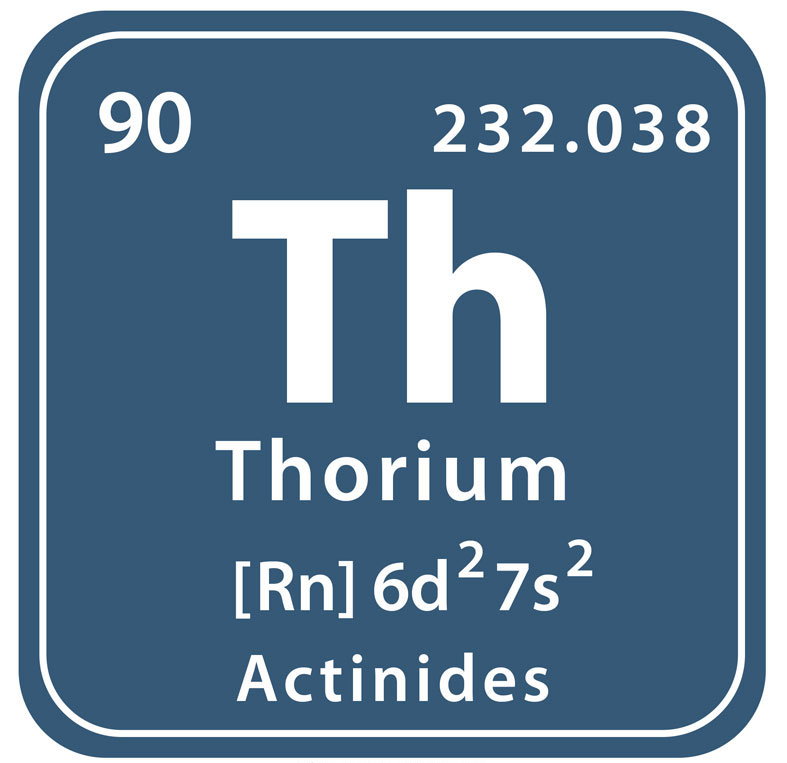Nuclear power: the eternal dream cannot be killed
When the world’s first nuclear power plant went online in Obninsk, Russia, in June 1954, it was not just proof of its technical superiority for the then Soviet Union. At that time, nuclear power embodied the future everywhere like hardly any other technology: Inexhaustible, clean, cheap energy, which humans could only generate thanks to highly developed science, was supposed to carry progress into the remotest corners of the earth. Then came Harrisburg, Chernobyl, Fukushima. But the dream of clean nuclear power does not seem to be dying – and is being revived by the discussions about climate change. What is behind the rediscovered interest in nuclear power?
Massive funding for nuclear power
In October 2020, the US Department of Energy (DOE) announced that it would support the construction of two new, experimental nuclear reactors with 80 million dollars each as part of the “decarbonization” of the US economy. The other half of the costs are borne by the sponsored company. Funding is being given to the development of a sodium-cooled reactor for highly enriched uranium and a helium-cooled silica bed reactor.

This article is from the 7/2021 issue of Technology Review. The magazine will be available from September 30th, 2021 in stores and directly in the heise shop. Highlights from the climate booklet:
But that’s just a small foretaste of the massive funding that the Biden government’s infrastructure law provides for the development of new nuclear power plants: according to US media reports, around six billion US dollars are available for this.
The new generation of nuclear power plants is primarily intended to solve two problems that have significantly slowed the global spread of nuclear energy: the high investment costs and operational reliability. Terrapower, Nuscale, Terrestrial Energy and other start-ups want to cut costs by building the reactors from small, standardized modules. The standardized design is intended to reduce costs – the modules enable flexible adaptation to requirements.
Technical concepts are not new
The operational safety is to be increased by “passive safety systems”. Terrapower relies on a so-called molten salt reactor. A sodium salt solution enriched with uranium, in which a controlled chain reaction takes place, is both fuel and coolant. In a heat exchanger, it transfers the energy to a second salt circuit, which then drives a steam generator, for example. The helium-cooled silica bed reactor is developed by X-Energy. In the reactor module, spherical fuel capsules slowly fall down and are cooled by helium. Heated to 750 ° C, the helium is then supposed to generate steam in a secondary circuit that drives a turbine.

However, the technical concepts on which the modular reactors are based are not fundamentally new – many have already shown serious problems in several test reactors. A fundamental problem with sodium-cooled reactors is that sodium must not come into contact with water – otherwise it will react violently. In contrast, there were problems with damaged spheres in spherical bed reactors. Proponents of the new reactor concepts argue that there has been great advances in materials and the computation of reactor design in computers over the past 30 years. The first of the new power plants is expected to be built in Ontario by 2030.

The pictures shown here come from the illustrated book “The Nuclear Dream”. The book is a comprehensive photographic documentation of German nuclear history. The biochemist Bernhard Ludewig visited 60 places in seven countries in eight years, sometimes several times. The result is an illustrated book of around 400 pages and the dernuklearetraum.de website.
 The atomic cellar in Haigerloch, the site of the last German reactor test in World War II, to which Werner Heisenberg’s research group was relocated in 1945. The picture shows the simulated preliminary uranium machine test B-VIII: uranium metal cubes are placed in a graphite-coated heavy water tank. A little more uranium and heavy water from a competing research group and the chain reaction would have worked. (Image: Bernhard Ludewig 2012)
The atomic cellar in Haigerloch, the site of the last German reactor test in World War II, to which Werner Heisenberg’s research group was relocated in 1945. The picture shows the simulated preliminary uranium machine test B-VIII: uranium metal cubes are placed in a graphite-coated heavy water tank. A little more uranium and heavy water from a competing research group and the chain reaction would have worked. (Image: Bernhard Ludewig 2012)
(jle)
Disclaimer: This article is generated from the feed and is not edited by our team.




Comments are closed.